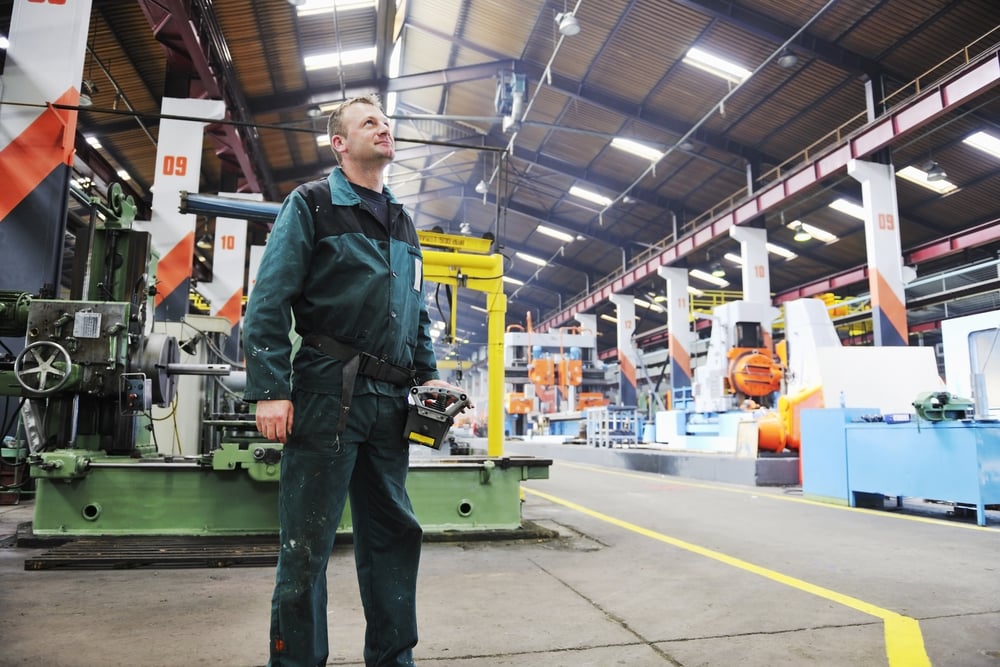
An accredited, reliable, and defensible equipment appraisal should include at least three components: a USPAP (Uniform Standards of Professional Appraisal Practice) and ASA (American Society of Appraisers) compliant narrative summary report discussing the valuation methodologies and conclusions; an appendix that itemizes the assets that include associated details; and photographs of the equipment.
The narrative report is structured fairly consistently throughout every valuation, with the appraiser focusing on the processes, methodologies, scope of work, assignment summary, definitions used, research, market and industry sources utilized, and the value conclusions.
The photographs are self-explanatory, and ideally include a couple of images of each item along with the machine ID tags, which verify the specifications of the equipment. There are exceptions when photographs cannot be obtained in certain cases, and the appraiser can usually make allowances for this without compromising the integrity of the valuation.
The most important component, in my opinion, is the itemized asset detail, typically listed as an appendix to the report. This document is the backbone of the appraisal and includes the data necessary to document the transaction for which the appraisal is to be used. Regardless of the number of assets involved, this detail is useful for the business owner’s internal accounting and tax records, as well as providing documentation for third parties, such as investors, banks, financial institutions, and tax authorities, when they secure or review their collateral interests.
This detailed appendix should include the following information for each line item asset being appraised:
Description/Equipment Type: (Ex: Hydraulic Excavator or Vertical Machining Center)
Make/Manufacturer (Ex: Caterpillar, Mitsubishi)
Model #
Serial #
Year Manufactured or Effective Age, if Unknown or Refurbished (Common for Older Assets to Extend Their Useful Life)
Additional Specifications and Comments Section (Ex: Condition if other than normal or good; Capacity, Hours/Mileage, Attachments)
Estimated Individual Values and Summary Totals
The report narrative summary will generally only reference the total value for all the assets appraised and refer to this appendix for the itemized detail.
It is not uncommon for clients to request this detail in a separate workable file, so they can better utilize the data as well as transfer it to their internal documents. This is generally acceptable to the appraiser, with the firm understanding that the data itself will not be altered. As long as the appraiser retains the original files, any potential disputes on this issue can be easily remedied.
In summary, when you are considering engaging an equipment appraiser, ensure that these component documents will be part of the overall valuation report and that you are working with an experienced accredited, ASA machinery appraiser.


